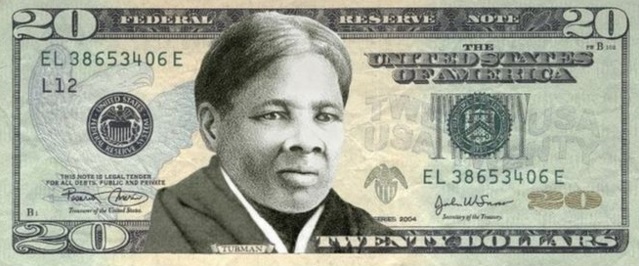
I read another worthwhile article on the Underground Railroad on the weekend, this one in the New Yorker magazine. This article served as another reminder that this conduit for slaves from the American South to the north, including Canada, was in some respects a dramatic fabrication. In pre-Civil War 19th century America there were white people who aided fleeing slaves, including Quakers and other committed abolitionists. However, they weren't as prevalent as some historians of the time made them out to be and the supposed Underground Railroad was a much looser enterprise than we've been led to understand.
And it was far more common for freed blacks to assist in the escapes than whites, even though it was much riskier for them. Perhaps the best known was Harriet Tubman, who helped an estimated 300 slaves escape. The plan to put her on the American twenty dollar bill has elicited all sort of racist chatter. Hey, history was written by white folk, so it shouldn't surprise us that they are portrayed in the better light.
I also saw a Toronto Star article about the excavation of the site of a church in Toronto which was founded by escaped slaves from the US.
Without question, however, the most enthralling and historically singular discovery was the British Methodist Episcopal Church (BME), a place of worship established on Chestnut Street in 1848 by five African-Americans who fled slavery and came to Canada via the Underground Railroad. The church evolved into the spiritual, social and political hub of the entrepreneurial black community, whose members lived in the area during the late 19th and early 20th centuries.

Sadly, this site will now be redeveloped for a new $500 million courthouse with no plans to acknowledge this history.The sites of this church and a synagogue will be obliterated. Justice?
That lack of acknowledgment is very sad... an historical plaque would not be all that costly, in the bigger picture...
ReplyDelete